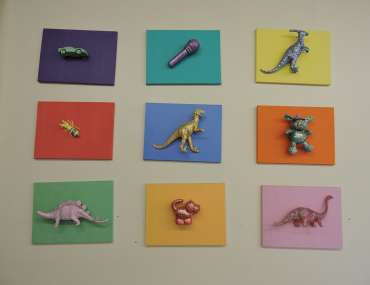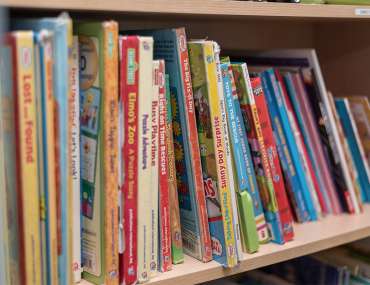By Lindsey Court
Principal and Program Manager, Woodview Learning Centre
Just like Thanksgiving, at Woodview Learning Centre we understand that Halloween can bring both joyous moments to celebrate as well as a list of potential challenges for our students. The following tips represent the lessons that we’ve learned over the years of listening to parent concerns, student worries, and the success stories too! We hope you can put them to good use with your family this Halloween.
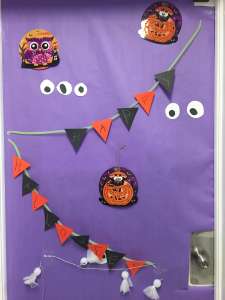
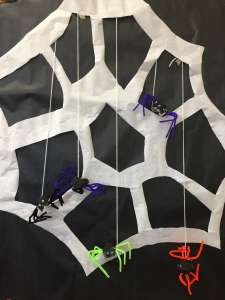
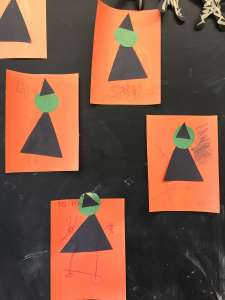
1. PRACTICE
Take every opportunity leading up to Halloween to talk about what Halloween will look like for your child this year. At school, we give the students an opportunity to practice trick or treating by going door to door to the admin offices in our building. ‘Scripting’ how to appropriately participate in this two-way interaction is practiced and reviewed leading up to the big day. Instructors have been practicing with our students on how to say, sign or use a device to say “trick or treat” to the best of their ability. Other things we keep in mind when practicing with our students are: What do we say/do when we approach a room/house? How can we respond if someone says they like our costume? What do we do if there is a line-up of other children waiting? What do we need to say when someone shares a treat with me? This is a perfect opportunity to practice social skills; being patient and polite!
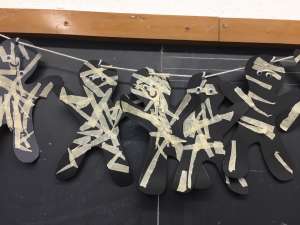
2. CHANGES TO ROUTINE / VISUAL SCHEDULE
Some of our students struggle with change in routine and there is no doubt their routine at school and at home will look very different that day. Try to anticipate what will be changing and give them time to adjust to the idea of their new schedule. Will dinner be at a different time? Have they tried on their costume? Do they know if it will be different than last year? How many houses will they be going to? Will their bed time routine be at a different time or in some way look differently? Whenever possible, using a visual schedule to explain changes to routine can be very successful to ease the child’s anxiety. Another helpful strategy is to plan the route you will walk ahead of time, talk about which neighbours and houses you will visit, and practice walking the route a day or two before October 31st.

3. SAFETY
Halloween brings so much excitement which also means our students will be more prone to distractions. If Trick or Treating when it is dark outside, it is a good idea to attach a glow stick to your child’s costume so that they are easily visible in a crowd. In case your child is prone to wandering, try inviting additional family members or friends to join you. It is always helpful to have an extra set of eyes, ears, and arms to help out.
5. SENSORY
Halloween can be sensory overload in a lot of ways. There is often different lighting, new props on neighbour’s lawns that could look like toys to touch, and unfamiliar sounds can happen at any moment. You can avoid some of these potential sensory issues by going out before it gets too dark. However if you do go out later in the evening, keep in mind to be ready to read the cues your child is giving you and avoid houses that look particularly scary or ‘sensory’ unfriendly.
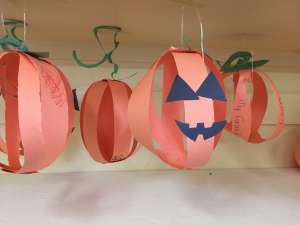
6. CELEBRATE
Last but not least, don’t forget to celebrate every success no matter how big or small it may seem. We certainly will be when our students come into class the next morning and tell us about their night Trick or Treating!
From everyone at Woodview Learning Centre, Happy Halloween!


